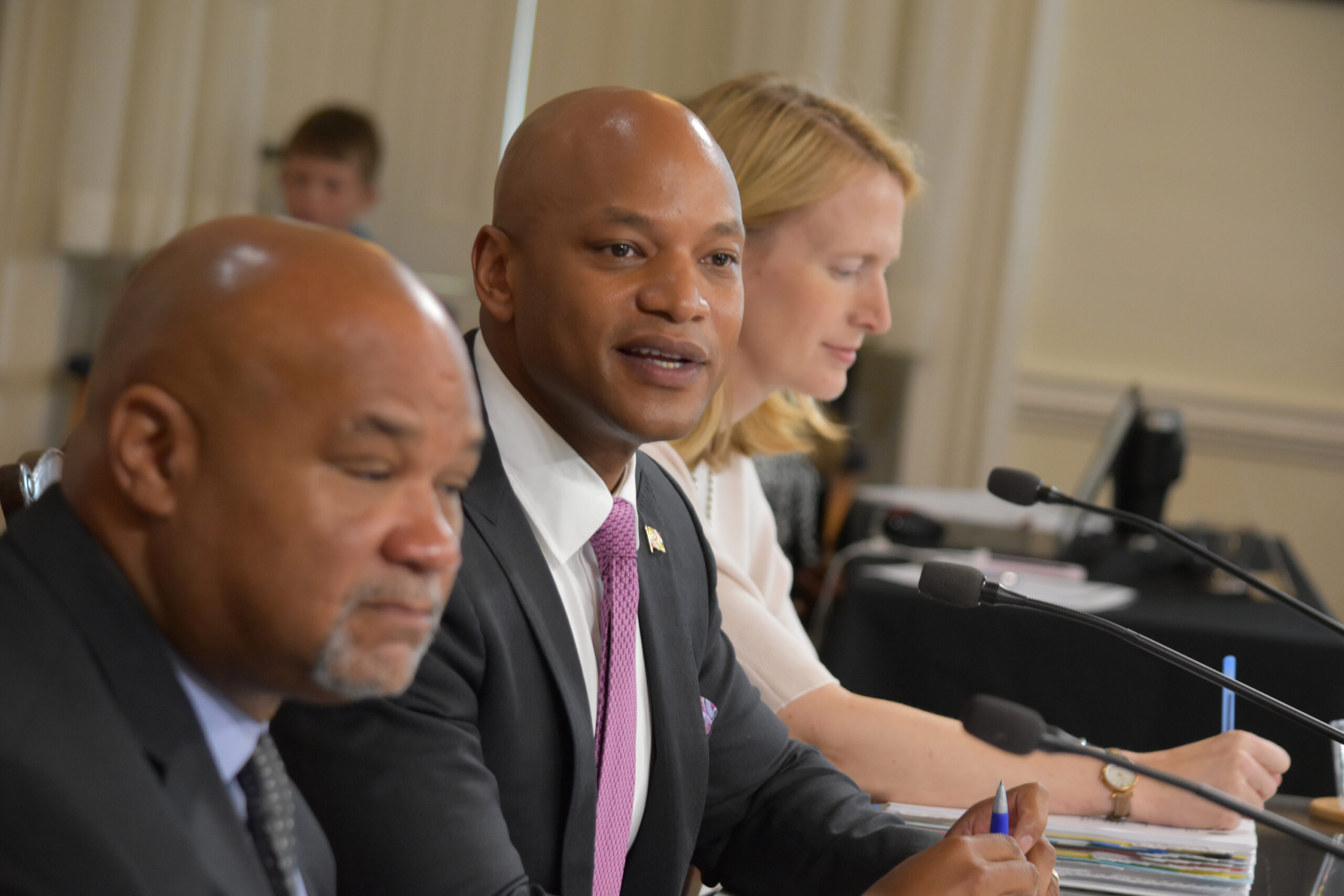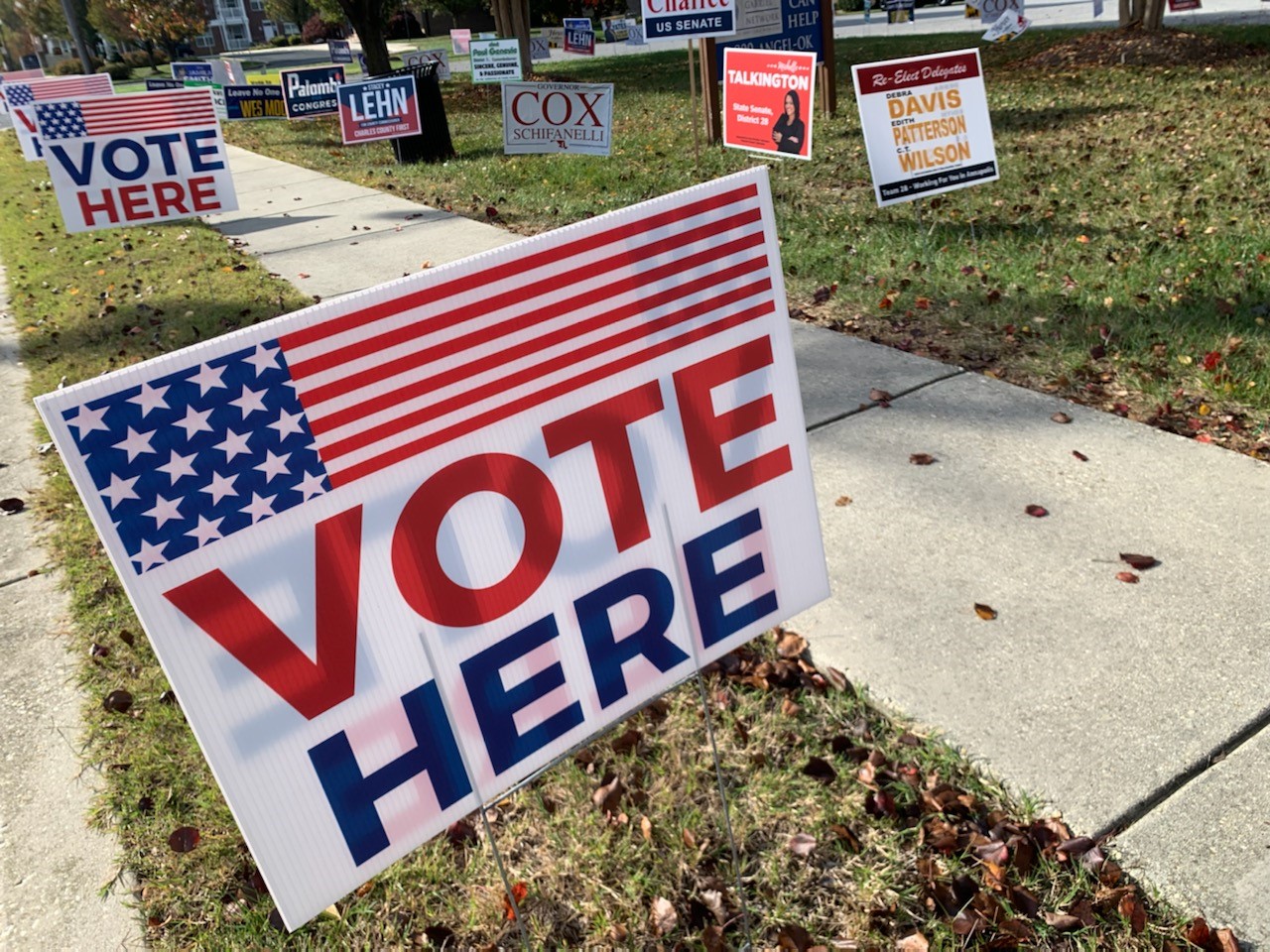Commentary: Maryland’s plain language approach promotes information accessibility for all

By Cynthia Baur
The writer is a health literacy and health communication expert, director of the University of Maryland Horowitz Center for Health Literacy and a professor in the University of Maryland School of Public Health’s Department of Behavioral and Community Health.
Maryland residents have a lot to cheer about with the state’s focus on plain language public information. The recent news that Maryland’s Motor Vehicle Administration is making its manual and written tests plain language is only one way the state helps residents with information accessibility.
In 2022, Maryland lawmakers passed House Bill 1082, sponsored by Del. Joseline Peña-Melnyk, which directed public agencies to put health, safety, health insurance and social services benefits information in plain language. The agencies must also make information available in everyday languages people use, including Spanish, French and Chinese. These state policies align with national public health goals in HealthyPeople 2030, the 10 Essential Public Health Services, the National Action Plan to Improve Health Literacy and the federal Plain Writing Act of 2010 and plain language guidelines.
Here’s why this matters: plain language is how we make public information accessible. It puts the needs of the reader, listener or viewer at the center of the information exchange. What’s the most important information? Why do I need to know? What can I do about it? When we use everyday words, numbers and familiar visuals, people are more likely to understand the message the first time they encounter it.
Jargon is often the biggest barrier to accessible information. Just as in MVA’s driver’s manual, widely available health, safety, insurance and social service information is full of program names and acronyms, abbreviations, complex and unfamiliar words, long and confusing sentences, and statistics most people don’t know or use on an everyday basis. Practically, this means many people don’t know the benefits they are eligible for, or they choose a health insurance plan that costs more than they need to spend. It also means they might not understand hospital discharge instructions or how to take medicines that can save their life.
But information accessibility goes beyond plain language and easy-to-read text. It includes making information available in the formats people use, the languages they read and speak, and the channels and devices they can access. For example, posting alternative text information on a website meets a minimum standard of public availability, but it does not consider if people who need the information have internet access, a device to access the internet, awareness the website exists and the visual, hearing and motor capacities to engage with text.
One-off changes don’t match the scale of the information accessibility problem.
Maryland’s 2022 plain language and language access law creates the Maryland Consumer Health Information Hub, a virtual information accessibility project. The Hub is based at the Herschel S. Horowitz Center for Health Literacy at the University of Maryland School of Public Health. The center is helping Maryland state and local public agencies and community organizations find information accessibility gaps and provide plain language information and language access.
The University of Maryland is also home to a digital literacy program, which connects people to the internet and teaches digital literacy skills.
But Maryland can’t — and shouldn’t — tackle information accessibility alone.
At least two decades ago, health literacy and plain language advocates offered a clear call to action on information accessibility, and the policy environment finally seems right. Of course, policies must be implemented to be effective. We need public agencies and health, safety, insurance and social services organizations that create and distribute public information to implement comprehensive and sustained information accessibility initiatives. Of all the serious policy problems facing the U.S. public, we actually have a problem we can fix. We have the knowledge and skills to create and distribute plain language information and make information accessible to all. Let’s fix this problem now.
For more information about how to get involved with health literacy solutions, click here.



